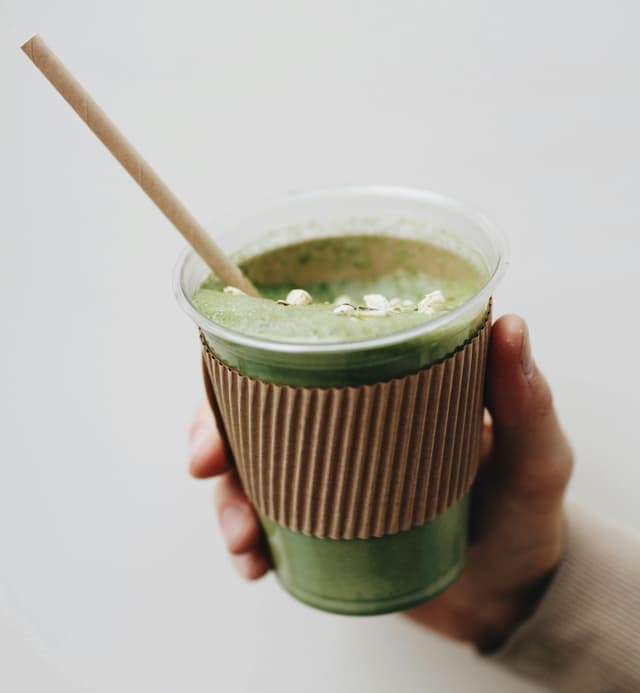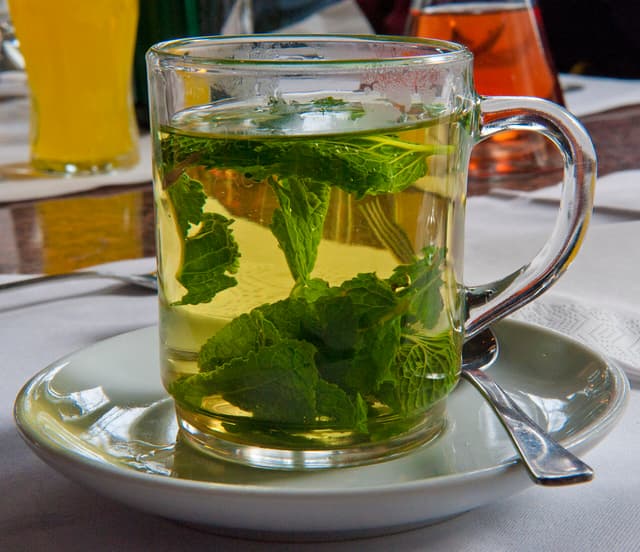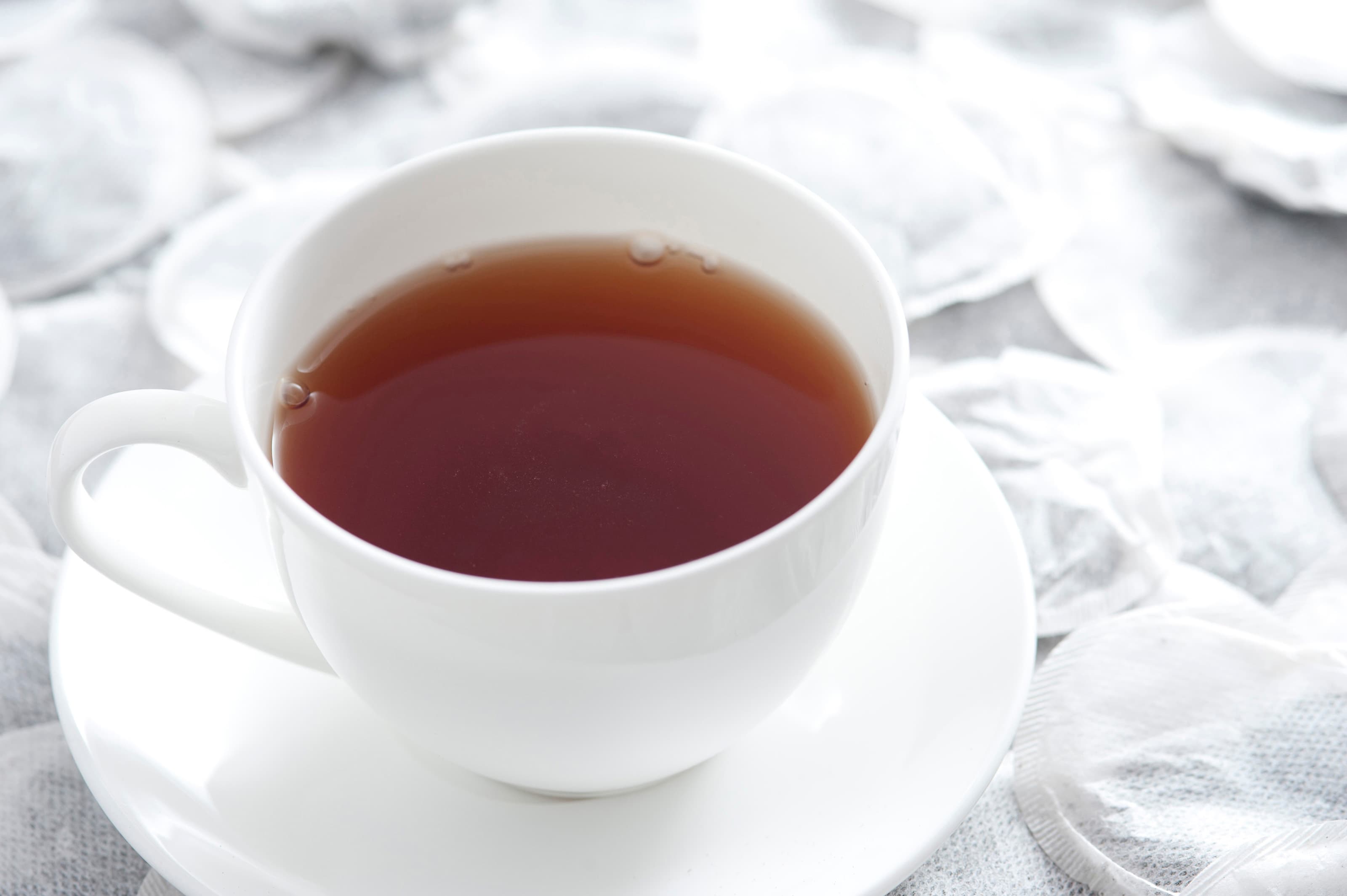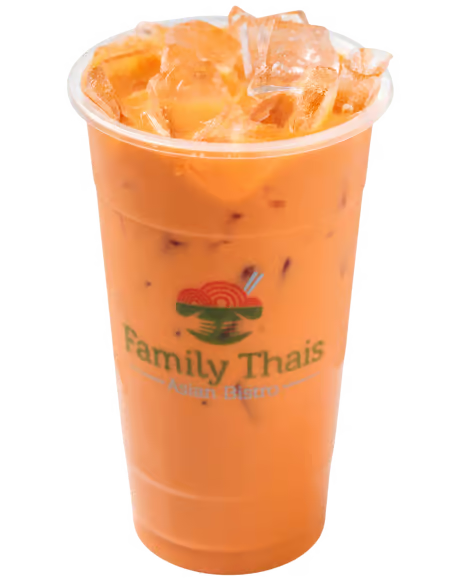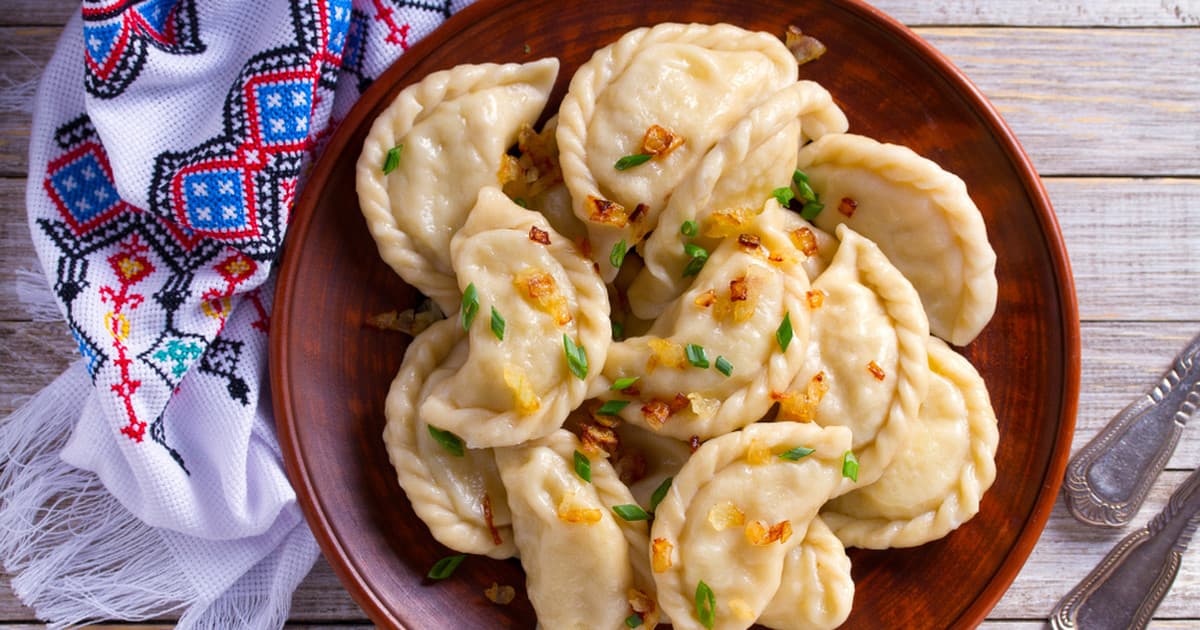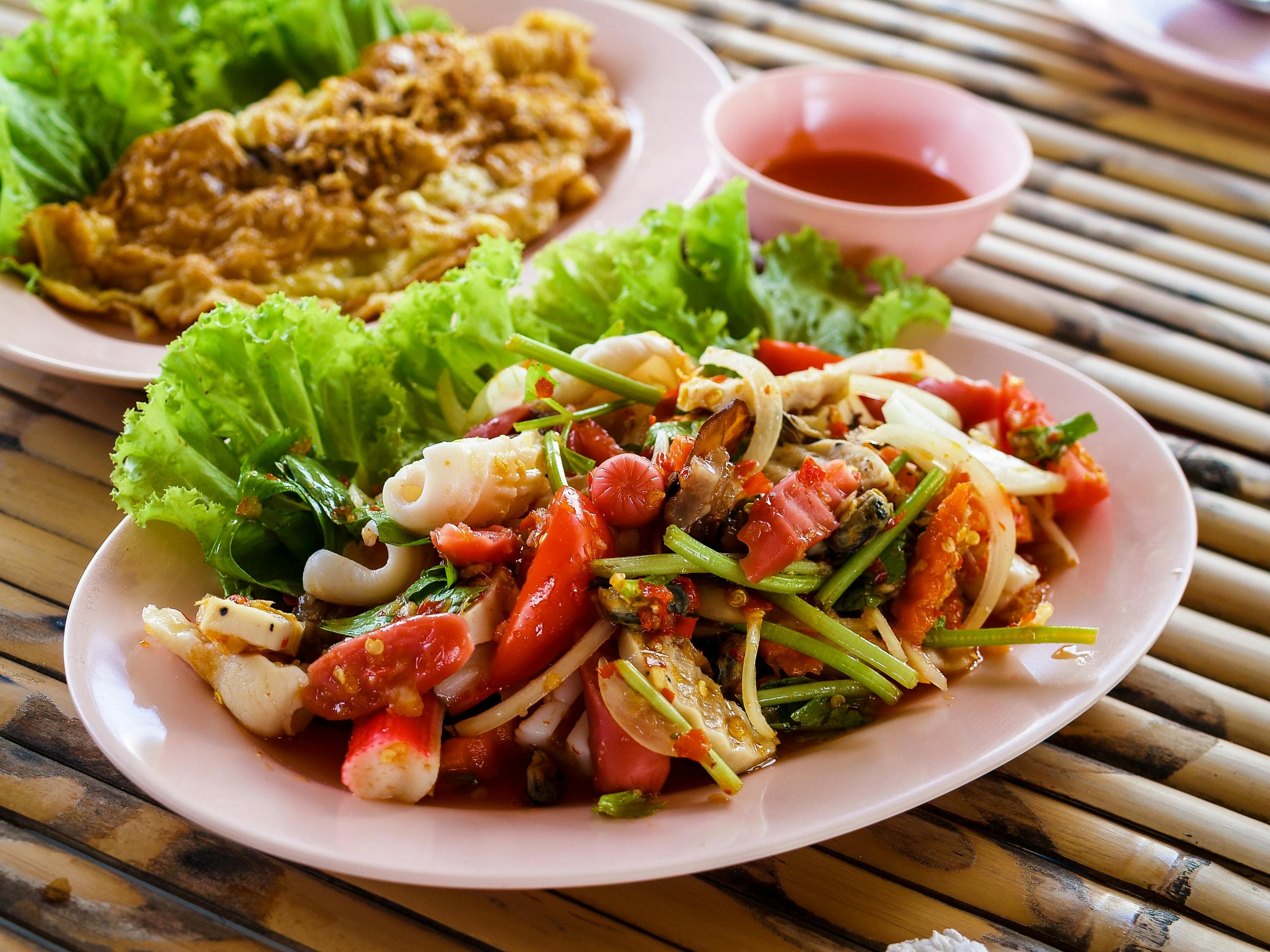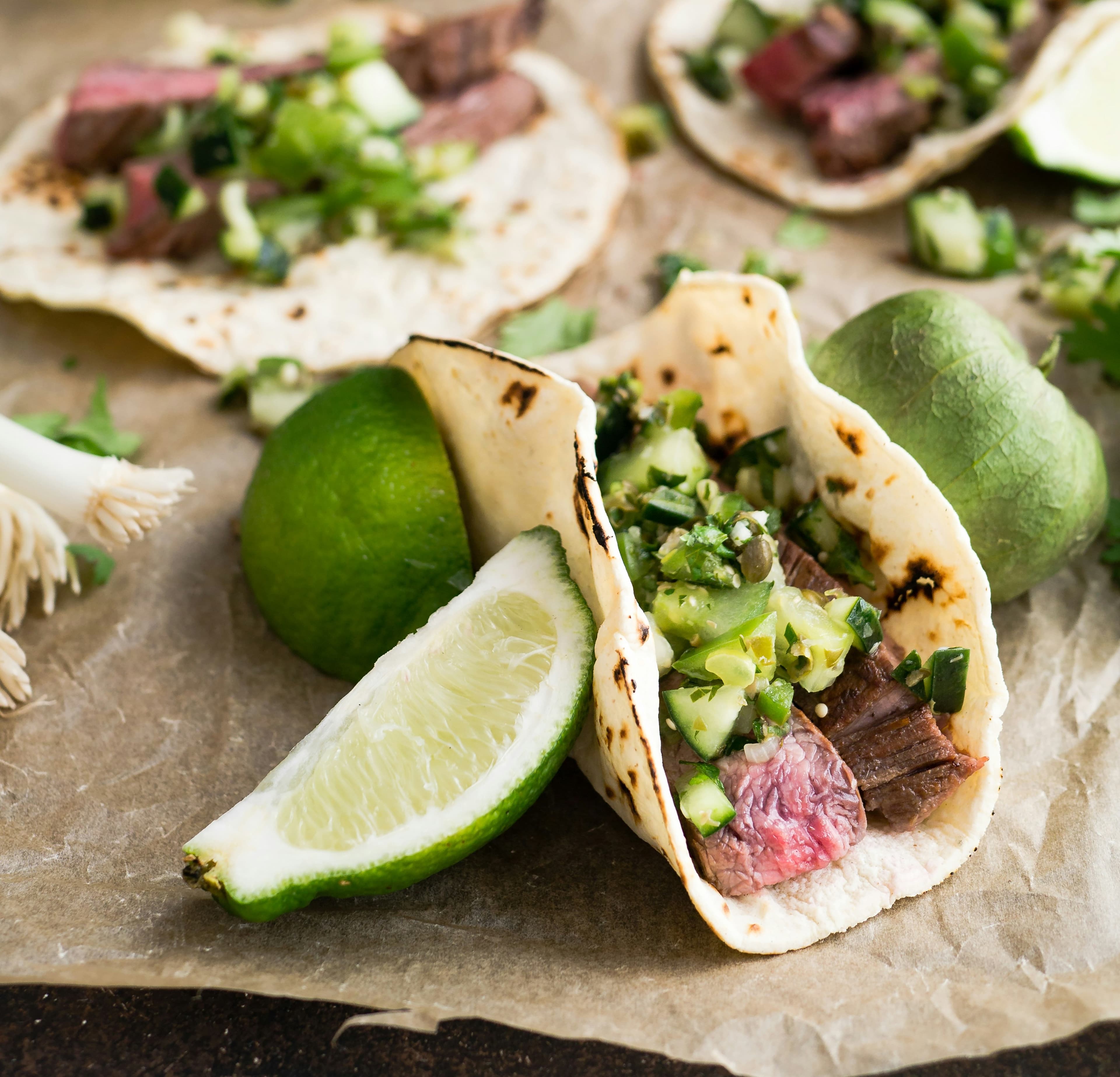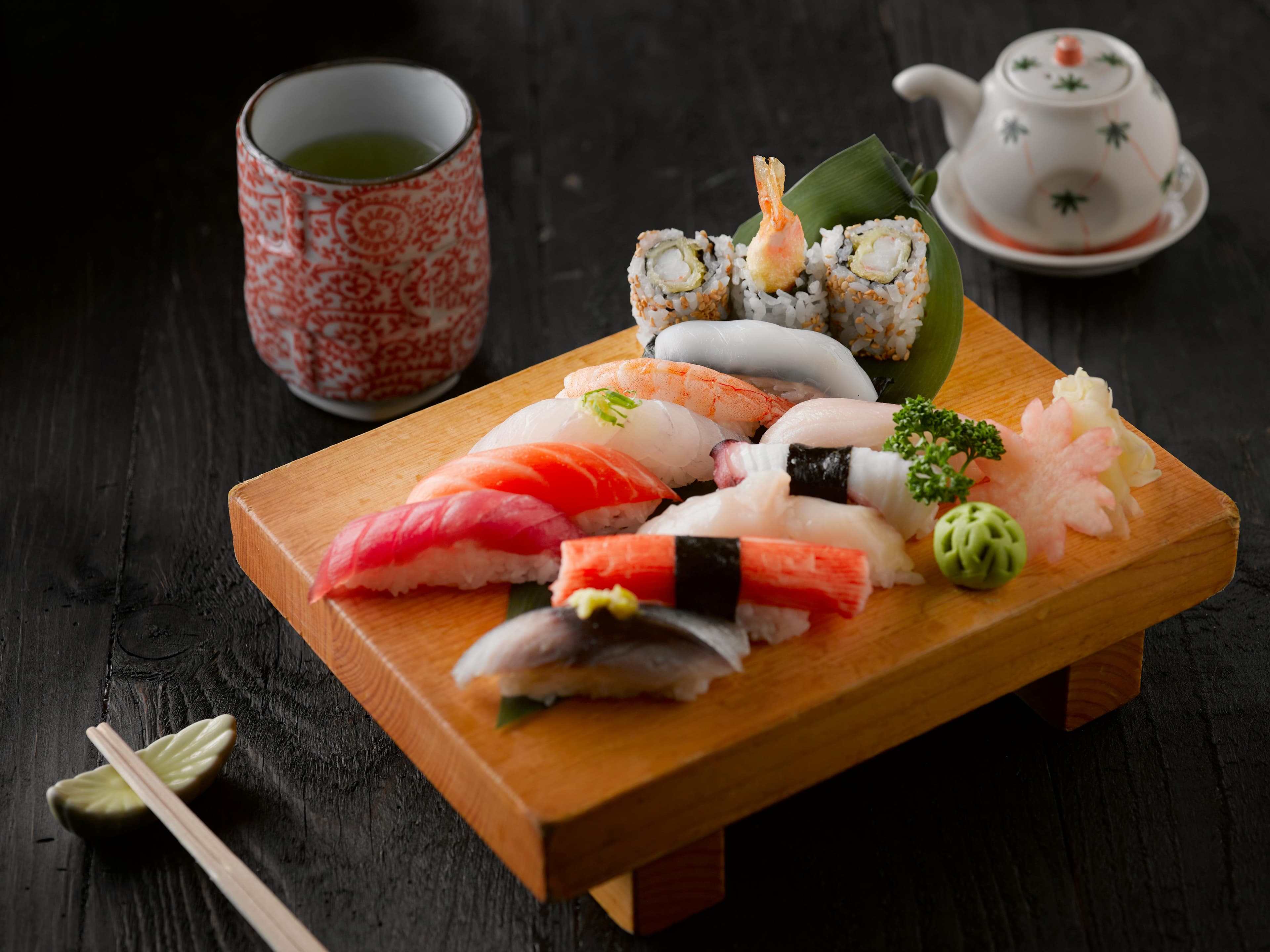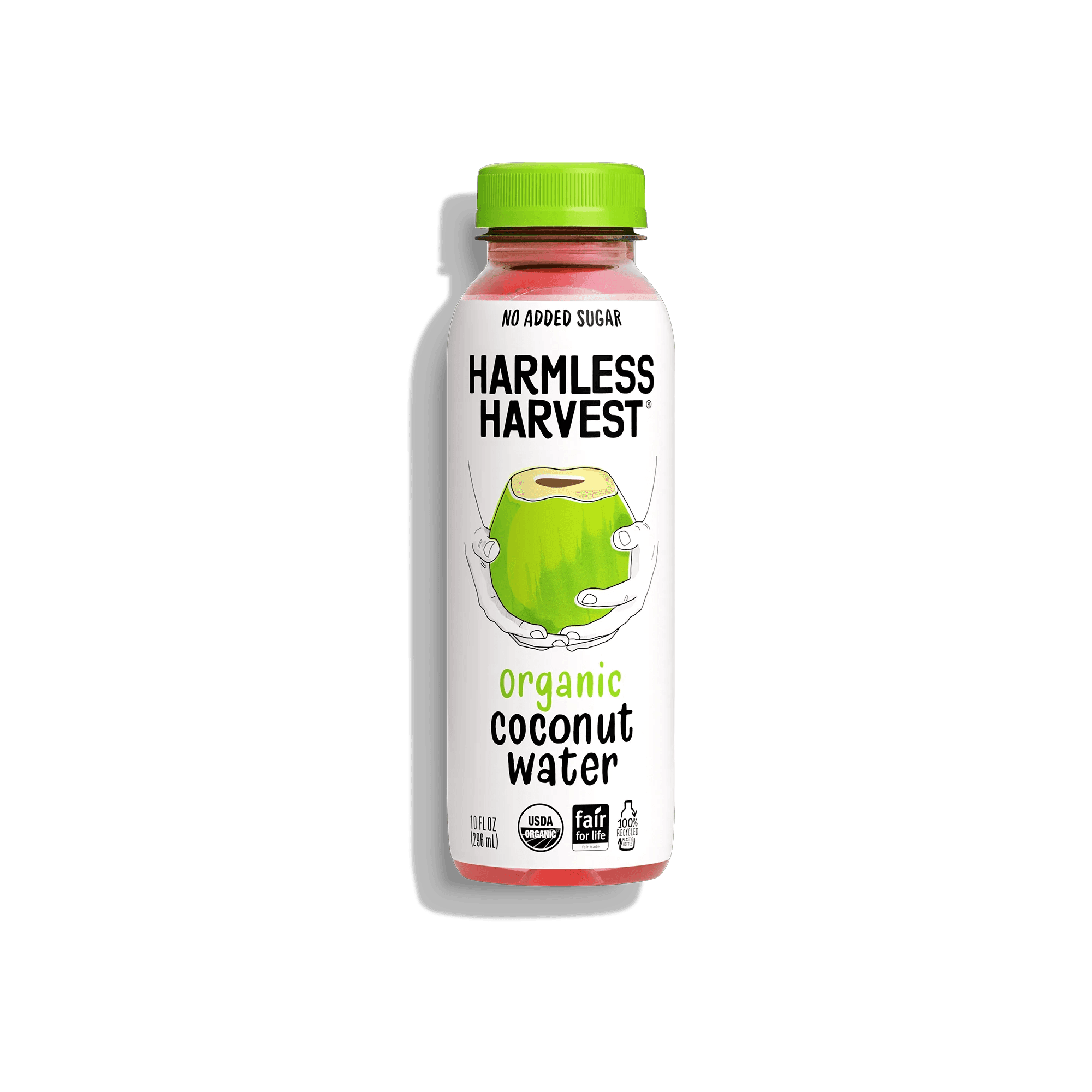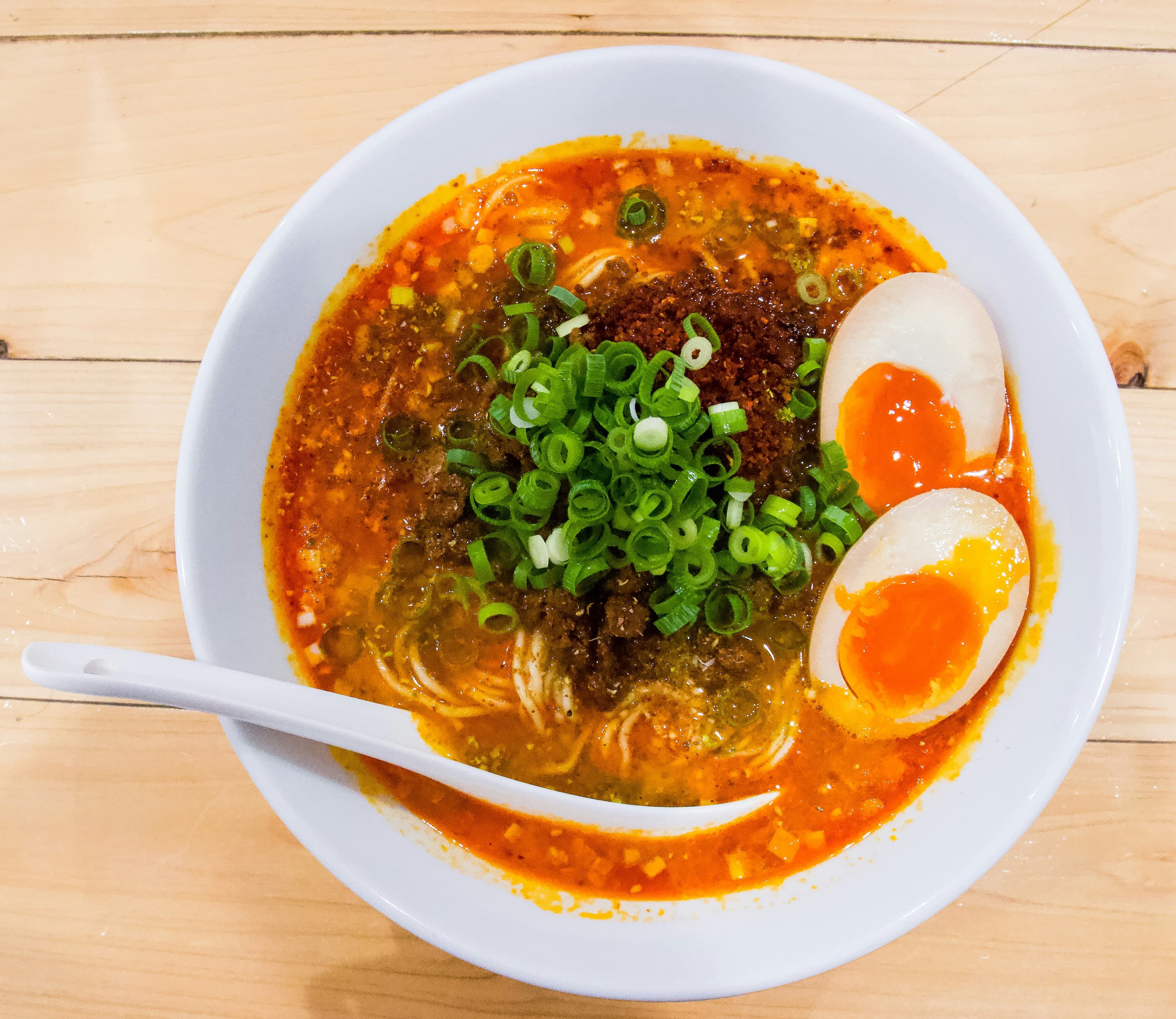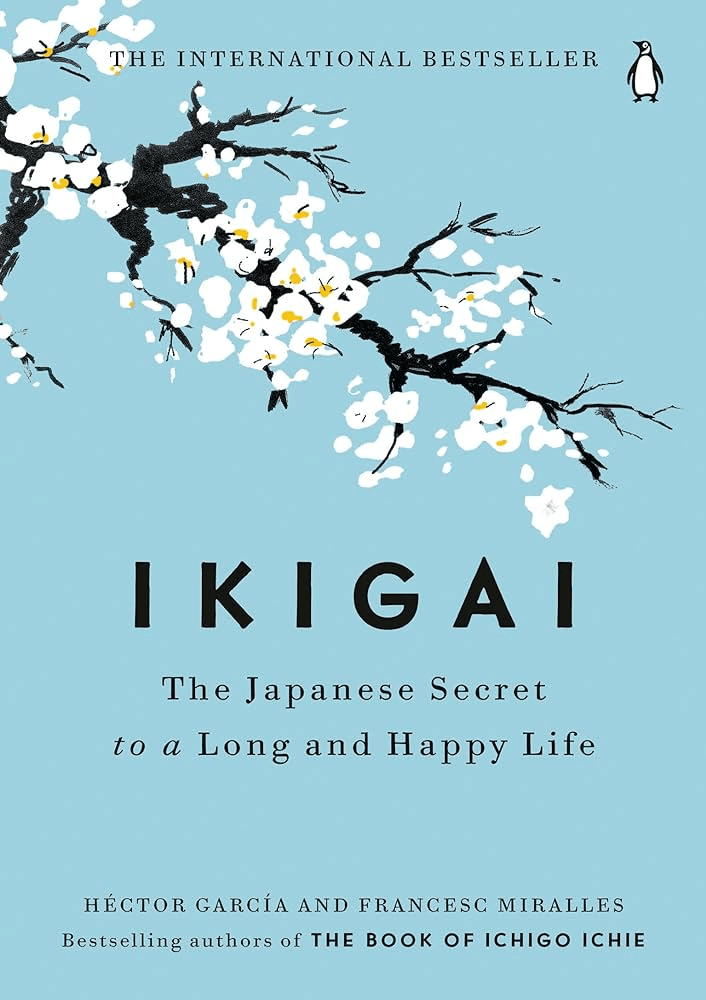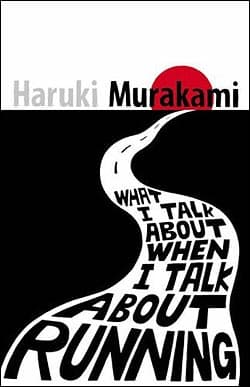Matcha Tea vs. Mint Tea
Matcha Tea
Matcha tea is a smooth, vibrant green beverage made by whisking finely ground green tea leaves into hot water. Unlike regular green tea, where the leaves are steeped and removed, matcha is fully consumed, which gives it a fuller body and a richer, more complex flavor. The taste is a blend of grassy freshness, gentle bitterness, and a deep, savory umami that lingers pleasantly. High-quality matcha can be surprisingly sweet and creamy, while lower grades tend to be more astringent. Preparing matcha is as much about the process as it is about the drink itself. The powder is first sifted into a bowl to break up any clumps, then a small amount of hot water—usually around 80°C—is added. Using a bamboo whisk, called a chasen, the tea is briskly whisked in a zigzag motion until a layer of fine, soft foam forms on top. This foam not only looks appealing but also softens the tea’s natural bitterness, creating a silky texture and smooth mouthfeel. There are two primary styles of matcha tea: usu...
Mint Tea
Mint tea is a warm drink made by soaking fresh or dried mint leaves in hot water. It’s simple—just mint and water—but the taste is fresh and cool, with a hint of sweetness depending on the type of mint you use. Peppermint tea has a stronger, sharper flavor, while spearmint tea is milder and a bit sweeter. People often drink it to relax or help with digestion. It’s popular in many places around the world—like in Morocco, where it’s made with green tea and lots of sugar, or in India, where mint is sometimes added to chai. In Korea, they have a version called bakha-cha. Making it is easy: boil some water, pour it over the mint leaves, let it sit for a few minutes, and you’re good to go. Some folks like adding honey or lemon, but it’s just as nice plain. The smell alone is pretty calming—fresh, like a garden after rain.
Reviews
Reviewed on 2/25/2025
Green and exciting
Reviews
Reviewed on 2/25/2025
Refreshing and caffeine-free. Popular for its curative effects. Anti-inflammatory.
| Item | Votes | Upvote |
|---|---|---|
| Super healthy and delicious | 1 |
| Item | Votes | Upvote |
|---|---|---|
| Can be an acquired taste for some | 1 |
| Item | Votes | Upvote |
|---|---|---|
| Caffeine-free | 2 | |
| Refreshing | 2 | |
| Anti-inflammatory | 2 |
| Item | Votes | Upvote |
|---|---|---|
| No cons yet, would you like to add one? | ||
Frequently Asked Questions
Matcha Tea is known for being super healthy and delicious, offering high levels of antioxidants and other health benefits. However, it can be an acquired taste for some. On the other hand, Mint Tea is caffeine-free, refreshing, and has anti-inflammatory properties. The choice depends on whether you prefer a tea that provides a caffeine boost and a unique taste or a soothing, caffeine-free option with curative effects.
Mint Tea is a better choice for those looking for a caffeine-free option. It is naturally caffeine-free, refreshing, and has anti-inflammatory properties. Matcha Tea, on the other hand, contains caffeine and may not be suitable for those avoiding it.
Mint Tea is typically considered more refreshing due to its natural minty flavor and cooling effect. Matcha Tea has a unique, earthy flavor that may not be as universally refreshing. Therefore, for a refreshing drink, Mint Tea is generally preferred.
Matcha tea is a smooth, vibrant green beverage made by whisking finely ground green tea leaves into hot water. Unlike regular green tea, where the leaves are steeped and removed, matcha is fully consumed, providing a fuller body and a richer, more complex flavor. It has a blend of grassy freshness, gentle bitterness, and a deep, savory umami that lingers pleasantly.
The pros of Matcha Tea include that it is super healthy and delicious, making it a great choice for those looking to enhance their diet. However, a con is that it can be an acquired taste for some individuals, which may not appeal to everyone.
Preparing Matcha Tea involves sifting the powder into a bowl to break up clumps, adding a small amount of hot water (around 80°C), and whisking it briskly with a bamboo whisk called a chasen until a layer of fine foam forms on top. This process not only enhances the flavor but also creates a silky texture.
There are two primary styles of Matcha Tea: usucha and koicha. Usucha, or thin tea, is lighter and frothy, while koicha, or thick tea, is denser and has a bold, concentrated taste. Koicha is typically reserved for formal tea ceremonies, emphasizing the ritual of preparation and consumption.
The striking green color of Matcha Tea comes from the way the tea plants are grown. They are shaded from sunlight for several weeks before harvest, which boosts their chlorophyll content and enhances the umami flavor while reducing bitterness. This process also contributes to the calming effect of matcha despite its caffeine content.
Matcha Tea has found new life in modern drinks such as lattes, iced teas, and smoothies. It is enjoyed both during traditional tea gatherings and as part of a morning ritual at home, providing a calming moment in a busy day.
Mint Tea has several pros, including being caffeine-free, refreshing, and having anti-inflammatory properties. There are no cons listed for Mint Tea, making it a popular choice for those looking for a soothing beverage.
Mint Tea is made by soaking fresh or dried mint leaves in hot water. It is a simple drink that consists of just mint and water, although some people like to add honey or lemon for extra flavor.
There are different types of Mint Tea, with peppermint tea having a stronger, sharper flavor, while spearmint tea is milder and a bit sweeter. Additionally, variations exist in different cultures, such as Moroccan mint tea made with green tea and sugar, and bakha-cha in Korea.
Mint Tea is often consumed for its relaxing properties and potential digestive benefits. It is also noted for its anti-inflammatory effects, making it a soothing choice for many.
To prepare Mint Tea, simply boil some water, pour it over fresh or dried mint leaves, let it steep for a few minutes, and enjoy. It's a quick and easy process that results in a refreshing drink.
